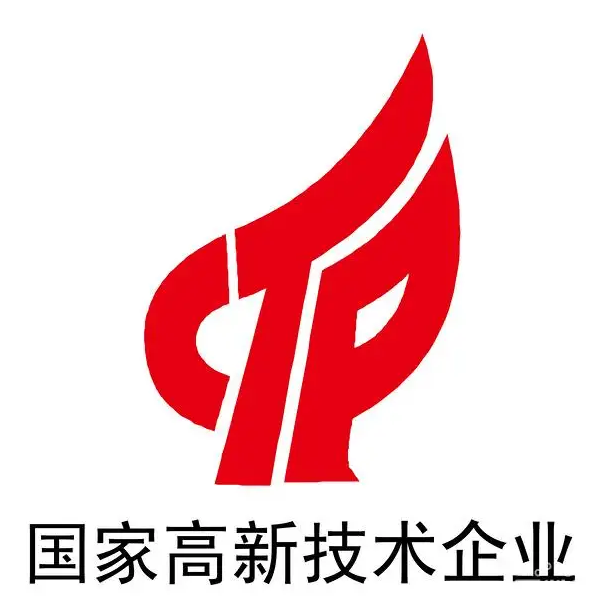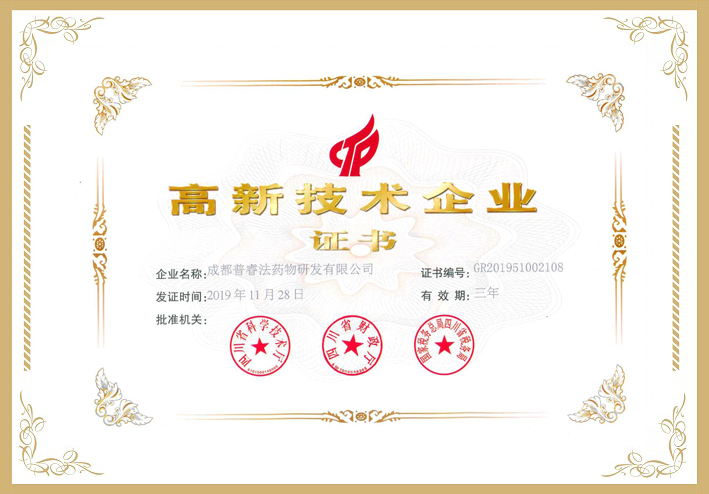Abstract
Stingless bees (Apoidea) are widely distributed and commercially cultivated in artificial hives in fruit gardens. Their propolis are commonly used in traditional medicine to treat various diseases (e.g., abscesses, inflammations, and toothaches) and as a constituent of numerous health products. Thus, this study aimed to (i) develop and validate a high-performance thin layer chromatography method for the quantitation of major active constituents (α- and γ-mangostins) in propolis produced by five stingless bee species (Tetragonula fuscobalteata Cameron, T. laeviceps Smith, T. pagdeni Schwarz, Lepidotrigona terminata Smith, and L. ventralis Smith) cultivated in Thai mangosteen orchards and (ii) determine an optimal extraction solvent. Separation was performed on a silica gel 60 F254 plate using toluene/ethyl acetate/formic acid (8:2:0.1, v/v/v) as a mobile phase, and the developed method was validated to assure its linearity, precision, accuracy, and limits of detection/quantitation. Propolis extract from T. fuscobalteata exhibited the highest mangostin content, and acetone was shown to be more a more effective extraction solvent than dichloromethane, ethanol, or methanol. Thus, the simplicity and reliability of the developed method make it well suited for the routine analysis (e.g., for quality control) of commercial products containing stingless bee propolis.
… 121601–121605, respectively). Standard α- and γ-mangostins (>98%) were purchased from Chengdu Biopurify Phytochemicals Ltd., Sichuan, China. All reagents were of analytical grade. Sample extraction. Different stingless bee …























